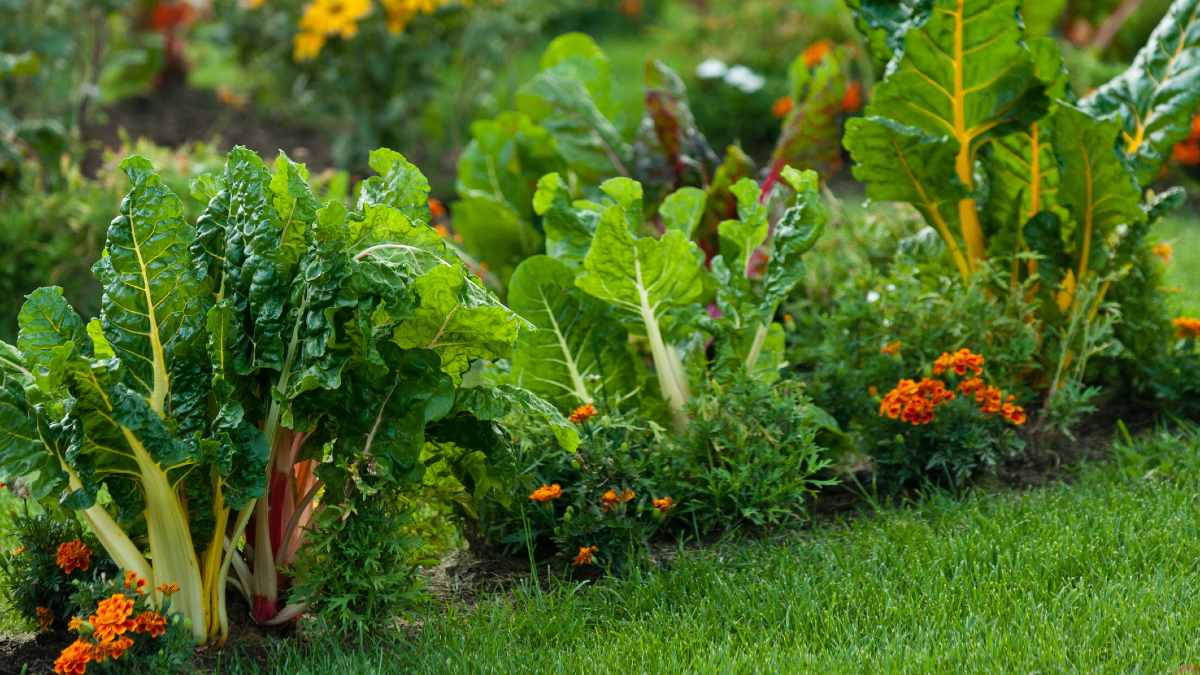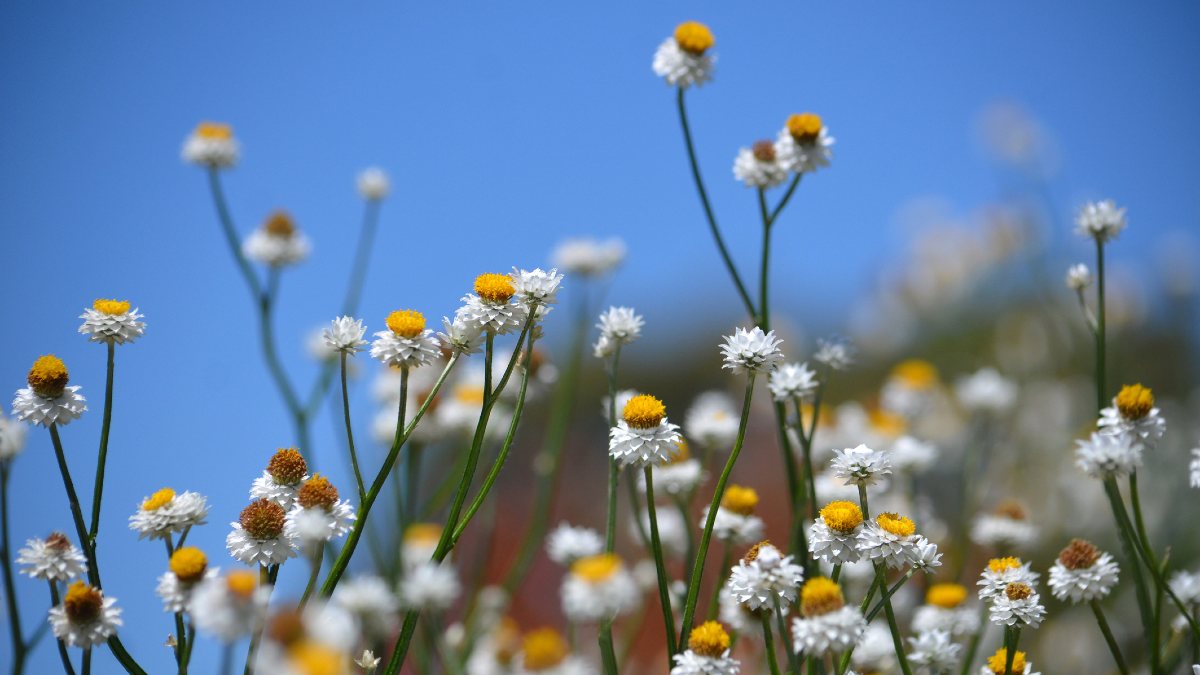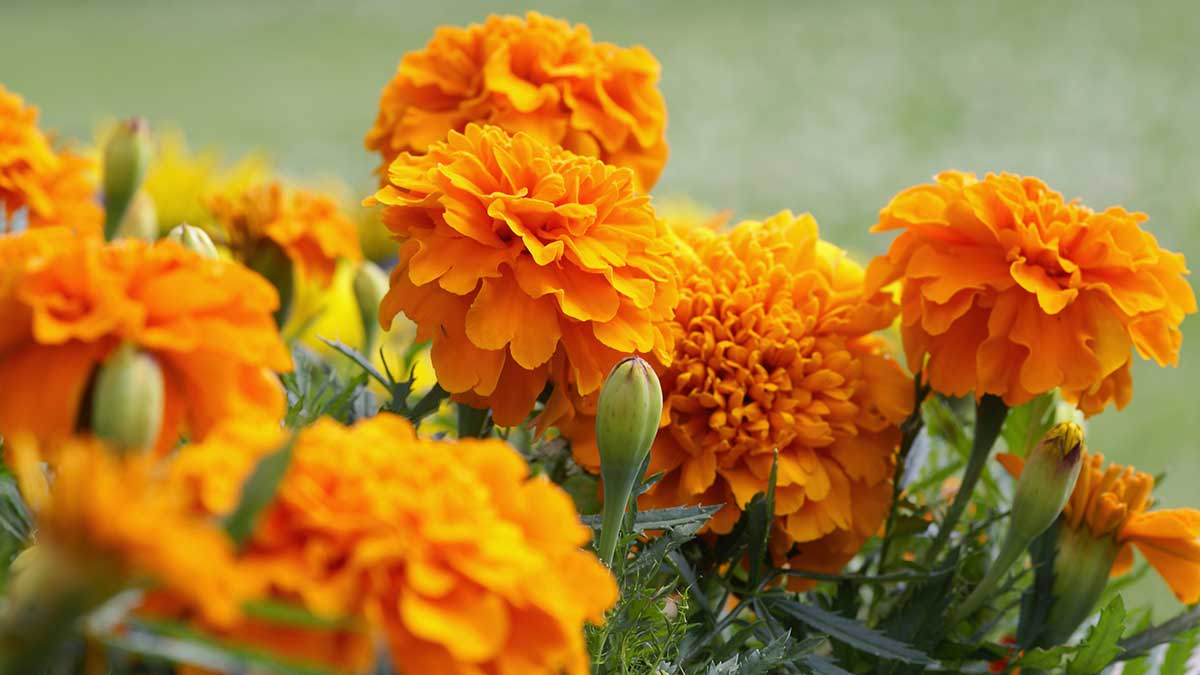Regular tree trimming is essential for tree health and property safety. Here's what you need to know about trimming and pruning your trees, especially before storm season.
Everything you need to know about growing flowers in your garden

Flowers are more than just a pretty plants. Check out these tips and tricks to help you grow beautiful, healthy flowers that benefit your entire garden.
Flowers play a vital role in the ecosystems and can improve the overall health of anyone's garden
But if you’re serious about encouraging beautiful blooms in your garden, there’s a bit more to it than just planting some seeds and crossing your fingers.
Ensuring healthy flowers requires careful planning, care and upkeep throughout the year but the benefits are well worth the effort.
Why grow flowers?
Many people growing flowers for purely aesthetic reasons might not even realise the additional ways these plants are helping their garden.
Flowers are the reproductive part of a plant. As such, flowers are great at attracting insects like bees to your garden in the hope they will pollinate the plant so it can produce seeds. These insects will often stay and further pollinate any fruits or veggies you’ve got growing, helping to increase the yield.
Planting flowers next to fruit and vegetable plants can also ensure they remain healthy. Flowers are great ‘companion plants’ – that is, they provide protection to fruiting plants by either warding off harmful insects, attracting beneficial insects, or even prevent weeds from taking over.
Some flowers are also edible. These include nasturtium, pansies (a common decorative flower used on cakes), and borage. But make sure to not eat the wrong ones, as some flowers can be dangerous for human consumption.
Having flowers readily available in your garden also makes for a handy, cheap and eco-friendly gift.

Adding flowers to your veggie patch not only adds a pop of colour, but also helps attract bees and prevent weeds. Photo: Getty
Annuals or perennials?
When talking about plants, and particularly flowers, you might have heard people describe them as either ‘annual’ or ‘perennial’.
This refers to how long the plant lives for. An annual, as the name suggests, completes its entire lifecycle in just one year, dying off after flowering. Some annuals may self-sow and reappear as a new plant the following season.
Perennials, however, will thrive and bloom for at least three years (and often for much longer) provided they are kept in good condition.
Both annuals and perennials have pros and cons depending on what you’re after in your garden.
Annuals are great if you like to change your garden a lot or want flowers relatively quickly. They also tend to produce spectacular flowers, and can be tricked into extended their bloom period and producing more flowers through a process called ‘deadheading’ (more on that below).
Perennials on the other hand are a more economic investment (they’ll last several years after planting and are easily propagated) and often require less water once mature. Many native Australian flowering plants are perennial, as well as being additionally drought tolerant.
Some flowering plants also fall into a third category known as biennials. These plants take around two years to complete their lifecycle before dying.

Australian native perennials, like these everlasting daisies, are a hardy flower choice. Photo: Getty
Flowers to plant by season
You can just plant any flower at any time of the year and expect it to thrive. The good news is that there are flowering plants available to plant every season
Summer
During summer plant flowers like pansies, alyssum, cyclamens, forget-me-nots, petunias, marigolds, phlox and zinnias.
Make sure you’re giving growing plants plenty of water in summer. You can use the ‘finger test’ to check if your plants are thirsty – put a finger roughly five centimetres into the soil and if the dirt feels dry, give your plant a water.
Autumn
As the climate cools it’s a good time to plant flowers like violas, English daisies, lobelia, snapdragons, sweet pea and polyanthus. Late autumn is also a good time to plant bulbs for spring – think tulips, daffodils, irises and anemones.
Fallen leaves from deciduous trees can also be collected during autumn and turned either into compost (the leaves add carbon to your compost mixture) or shredded and added to your flowers as a form of nutrient-rich mulch.
Winter
You might think winter is too cold to plant anything in Victoria, but some flowering plants don’t mind the chilly weather. Opt for flowers like calendula, poppies, geraniums, begonias and ranunculi.
Late winter is also a good time to trim any hedges you might have, as well as remove any errant weeds that may have emerged with heavy winter rains.
Spring
Spring is commonly regarded as one of the busiest times in the garden, with plenty of flowers ready to plant including dahlias, chrysanthemums, cornflowers, petunias, carnations, marigolds and dianthus. If you live in a warmer area or get a lot of sun you could even try planting sunflowers from late spring.
Other springtime gardening tasks including renewing you mulch, pruning and fertilising your plants as well. If you've got established perennials, spring is also a great time to propagate through division.
After winter’s brutal winds and rains, spring is also a good time to do an overall tidy up of your garden before the harsh summer heat kicks in.

Marigolds are a popular, fast-growing flower but they need the warmth of spring or summer to thrive. Photo: Getty
Tips to ensure flower growth in your garden
Location, location, location
You might want a certain flower to fill a particular gap in your garden, but have you thought about what the flower wants?
Not all flowers will survive or thrive in certain locations – some require full sun, while others will wilt in too much sunlight.
When planning where to plant your flowers, check their label or ask nursery staff for advice on where to plant them. Or use a pot so that you can move the plant in and out of sunlight as needed.
Feed your flowers
All living things need good nutrition to reach their full potential – that includes flowers. You’re more likely to get spectacular blooms if you feed your flowering plants, ideally in spring as they come into their peak growing period where they’re starting to produce flowers.
Fertilisers high in phosphorous are a great choice for encouraging lots of flowers.
Stake tall plants
Some flowers, like foxglove, dahlias, asters and peonies, are floppier than others and might need a little help staying upright. Wooden stakes are an age-old solution but you can also use tomato cages, chicken wire or grow-through structures to support your plants.
Don't be afraid to prune
‘Deadheading’ is the process of cutting off the flowers from your plant before they go to seed. This is to encourage the plant to continue putting energy into producing more flowers (because you just cut them off) rather than creating seeds from established flowers.


